Q&A With Photographers in Tokyo

Full Frame is Sports Illustrated's exclusive newsletter for subscribers. Coming to your inbox weekly, it highlights the stories and personalities behind some of SI’s photography.
To get the best of SI in your inbox every weekday, sign up here. To see even more from SI’s photographers, follow @sifullframe on Instagram. If you missed last week’s edition on NBA draftees’ fashion, you can find it here. Keep up with SI's photography at SI.com/photos.
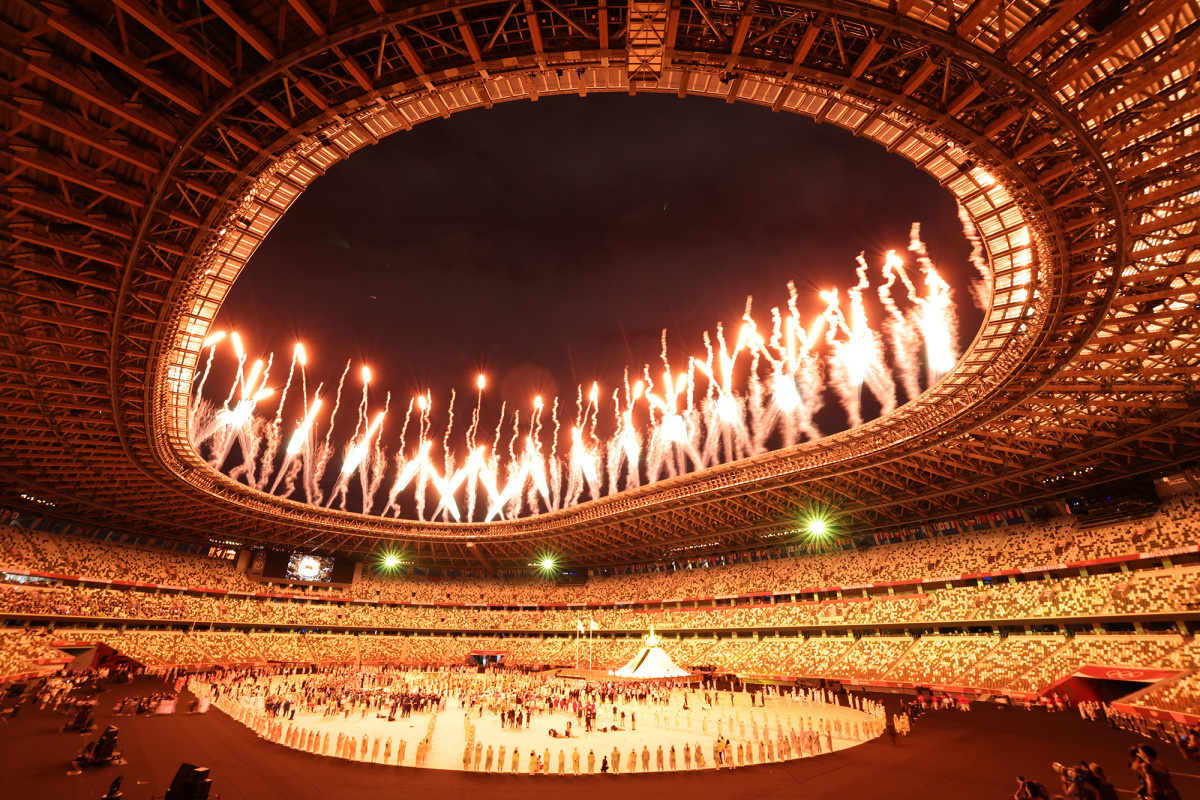
Every day during the Olympics, Sports Illustrated’s team of photographers in Tokyo are capturing some of the biggest moments of the Games. Protocols aimed to limit the impact of the COVID-19 pandemic have changed how photographers cover the events themselves. Even so, there have been lasting images made in Tokyo.
To see some of the team’s best work, check out this photo gallery, which updates daily. Some of those images emphasize the speed of the competitions. So, this gallery specifically highlights the unique way they have been able to capture the athletes in motion.
Erick W. Rasco, SI’s director of photo operations, along with Kohjiro Kinno and Simon Bruty, who are also in Tokyo photographing for SI, took time out of their hectic schedules to answer a few questions about their experiences covering this summer’s Olympics.
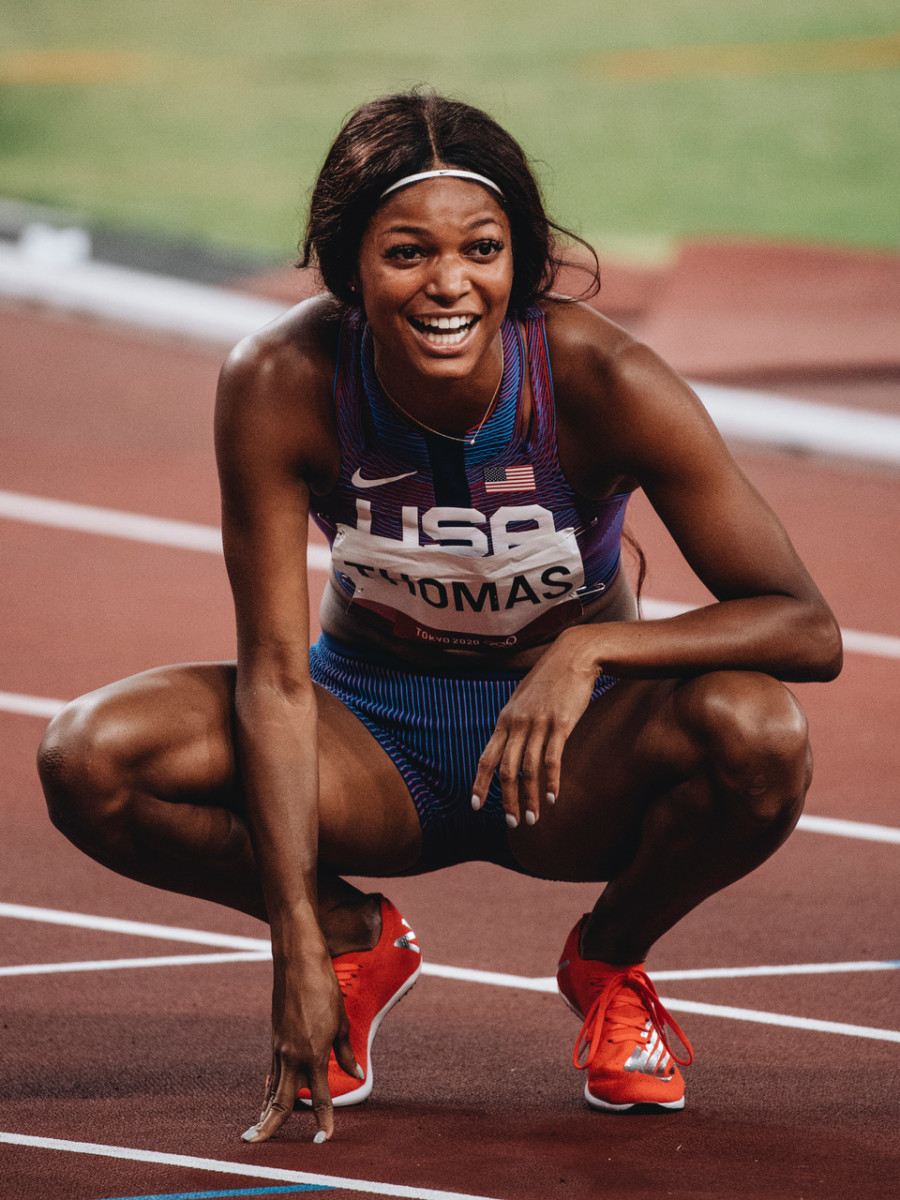
Sports Illustrated: What’s the biggest difference in photographing these Olympics?
Erick W. Rasco: The biggest difference in photographing these Games is dealing with the various restrictions and procedures in place due to COVID-19 on a daily basis. Frequent saliva tests, extensive travel times, greater restrictions on photo access and dinner every night at 7-Eleven is the new normal. The Olympics have always been a challenge to cover; now the degree of difficulty has certainly jumped up several notches.
Kohjiro Kinno: Obviously it’s the fans, spectators, energy of the city missing. I’m sure people here are watching at home, especially if a Japanese athlete does well, but I can’t help but think of how crazy it would have been [if they could have attended].
Simon Bruty: The COVID-19 protocols are the biggest difference with covering these Games. The impact of no crowd is a massive blow. It changes the atmosphere of the event and also the athletes’ performance.
SI: Do you have a lasting or favorite image (or series of images) that you shot from the first half of the Games?
EWR: My favorite set of images is from women’s water polo. Again, because of COVID-19 restrictions, it can be difficult to get into a good spot. I was forced to play around with a variety of elements instead of shooting straight-up action. At one point, I had lost my seat and was stuck during play standing behind the game clock. I noticed I could possibly shoot through the clock. It sort of worked and gave the images a different, more graphic look.
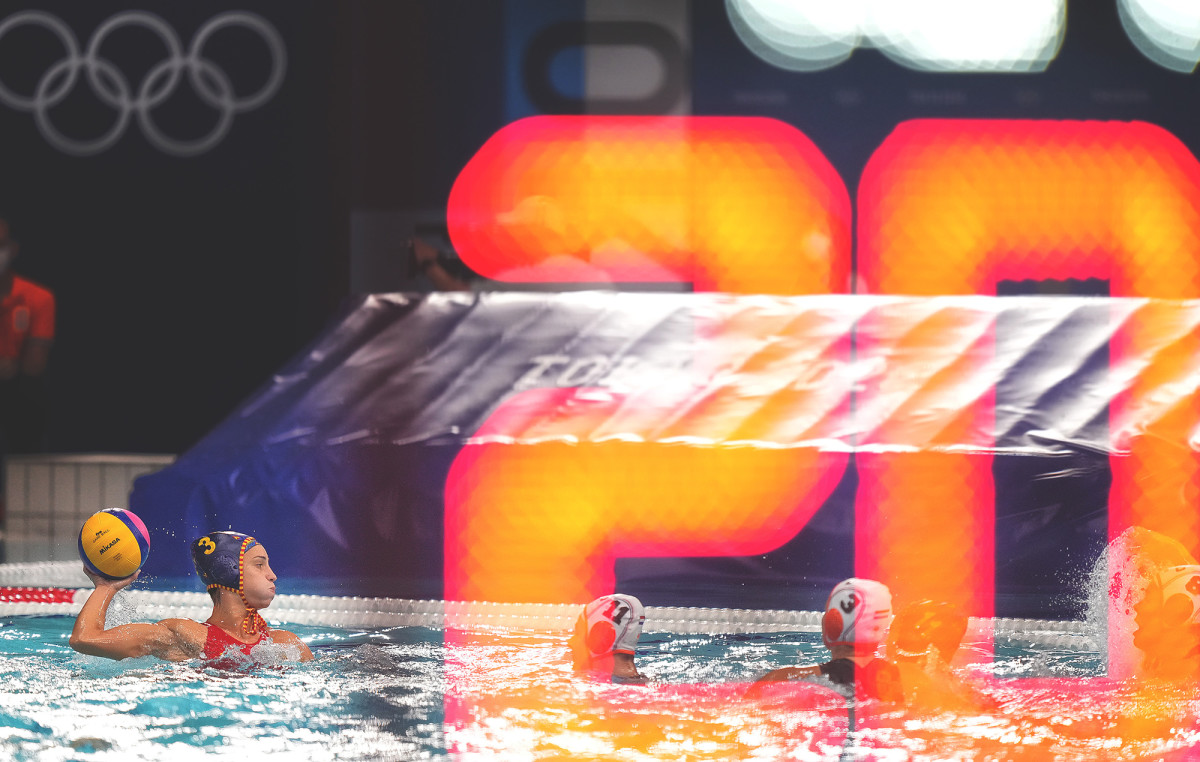
KK: Not one image but the raw emotions of athletes once they finish with a medal or not. You don’t really see that in the big pro sports much. A lot of these athletes have dedicated so much (time, family, financially, etc.) in the pursuit of their Olympic dreams, which is one of the highest achievements in their fields.
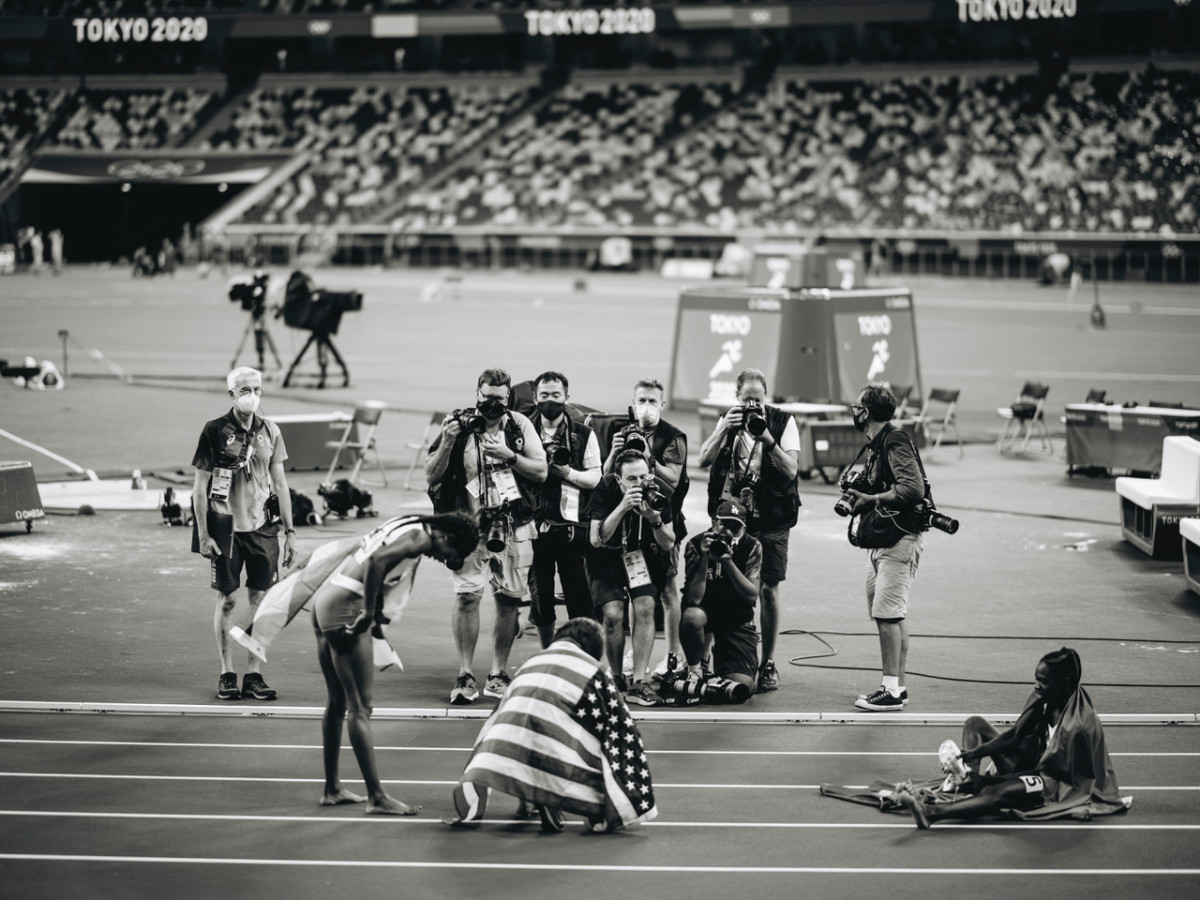
SB: Halfway into the Olympics, it’s tough to pick one image. You are so buried in getting to the next event, figuring all the information out and tired that it becomes hard to step back and be objective on what you have shot. So the answer is I can tell you in a month.
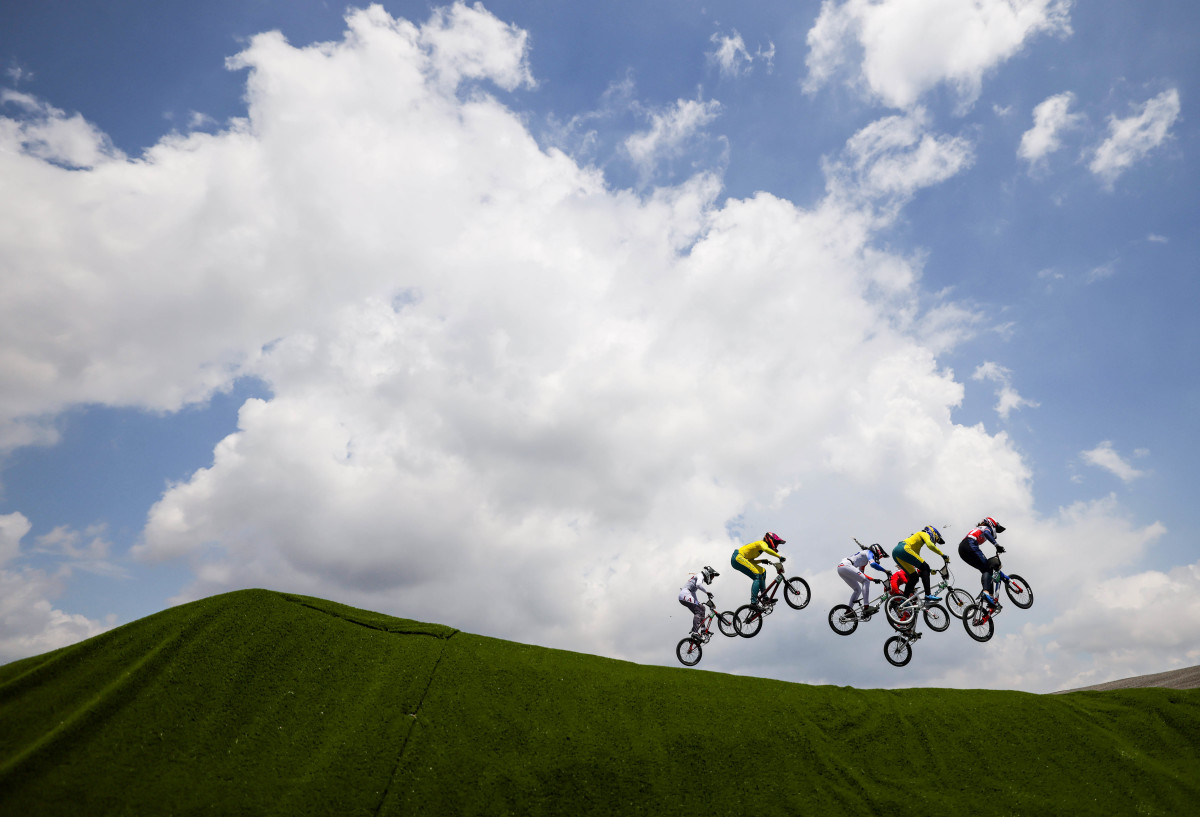
SI: What are you most looking forward to covering before you leave Tokyo?
EWR: I am looking forward to hopefully photographing karate.
KK: Not one thing, but continuing to try my best to capture the Olympics from a unique angle and not what everyone else is doing or has done.
SB: What makes photographing the Olympics special is that no matter what event you are at, you are photographing world-class athletes who have spent years training to get to this moment. So there is always drama in one form or another.
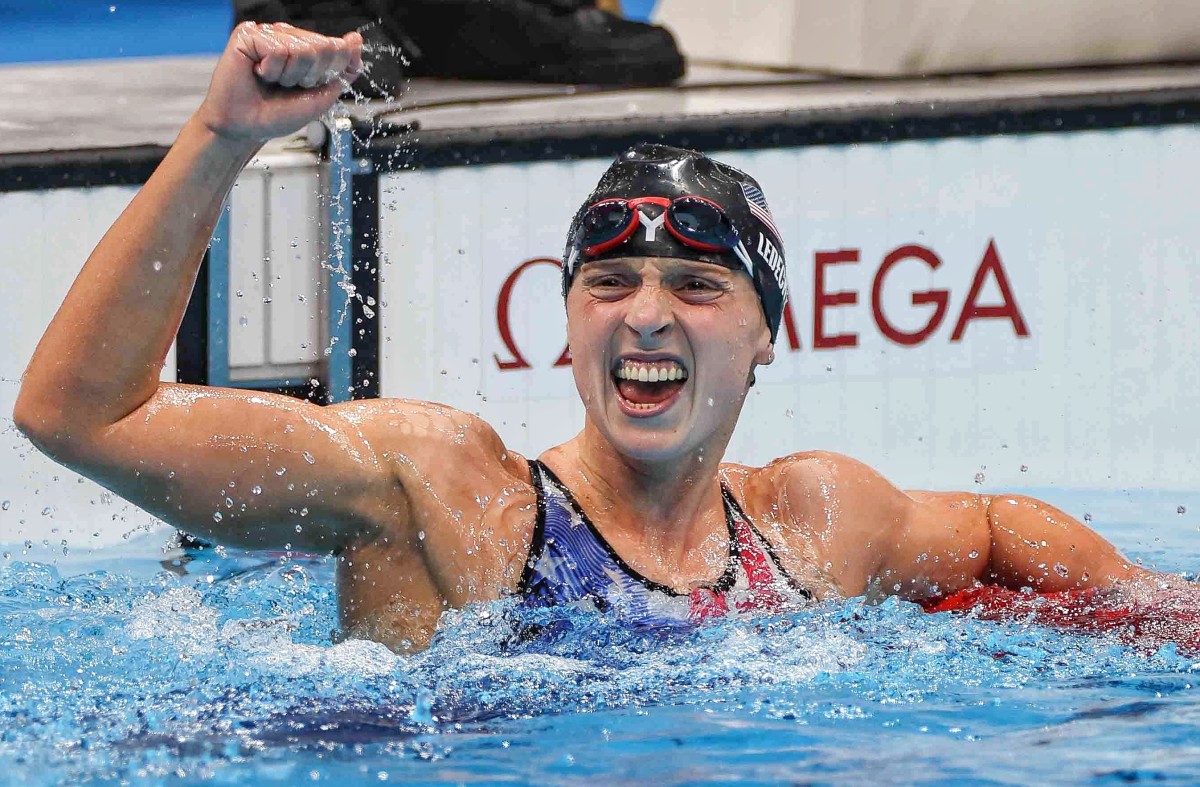
Subscribe to the new SI Guide newsletter to get recommendations for the best sports worth watching, streaming and channel details, and info on the athletes and stories you should be following.
